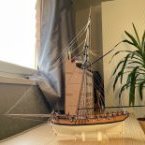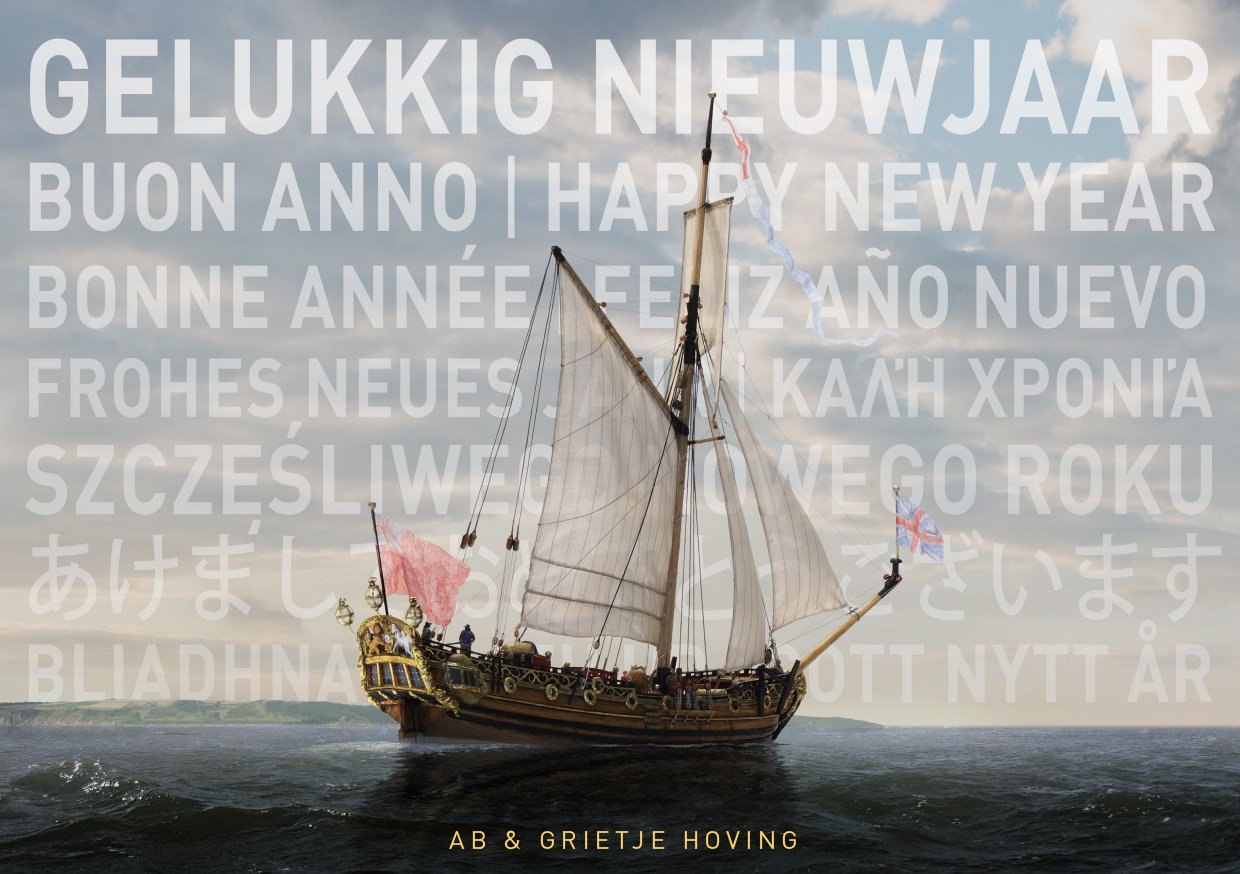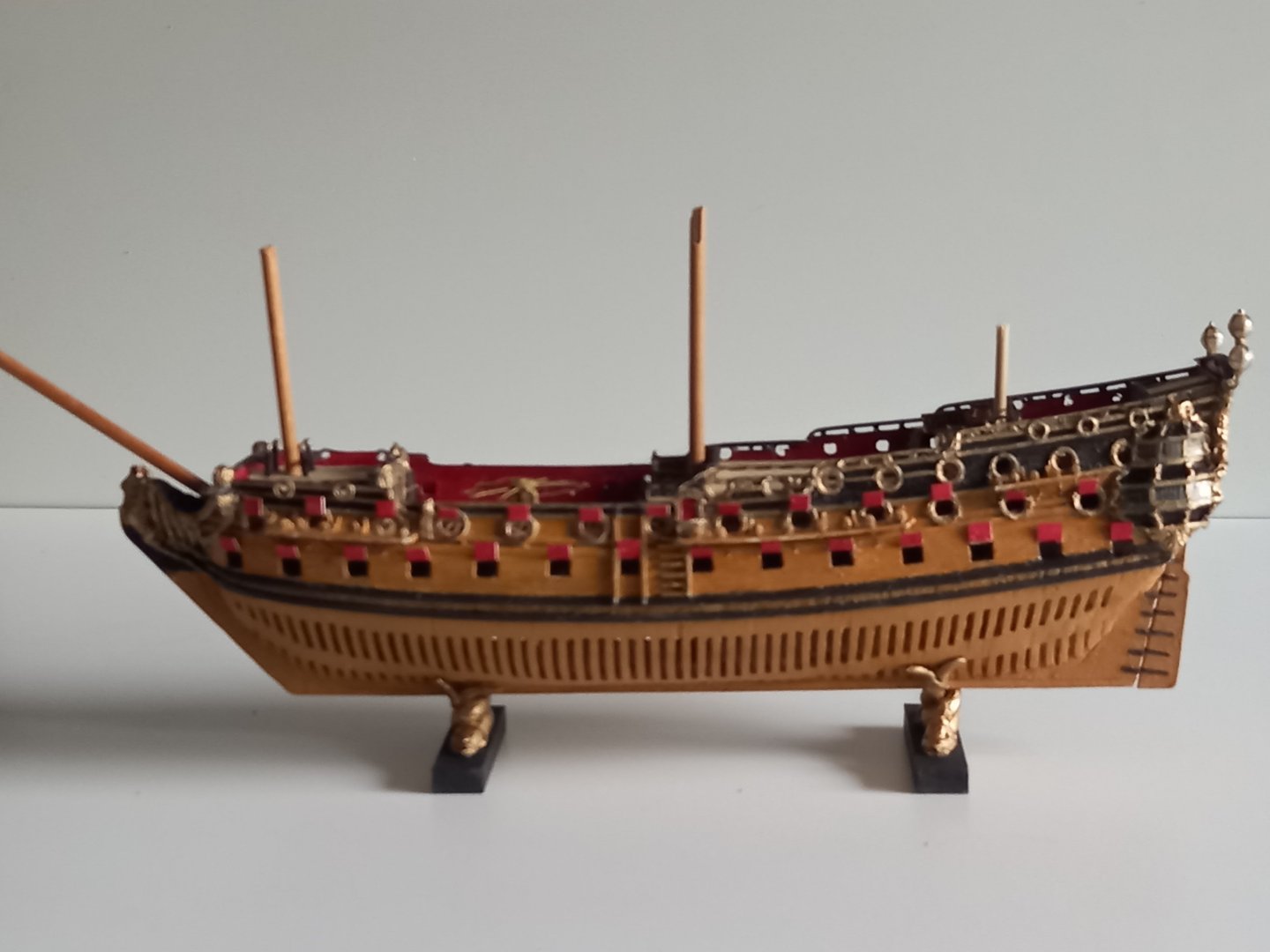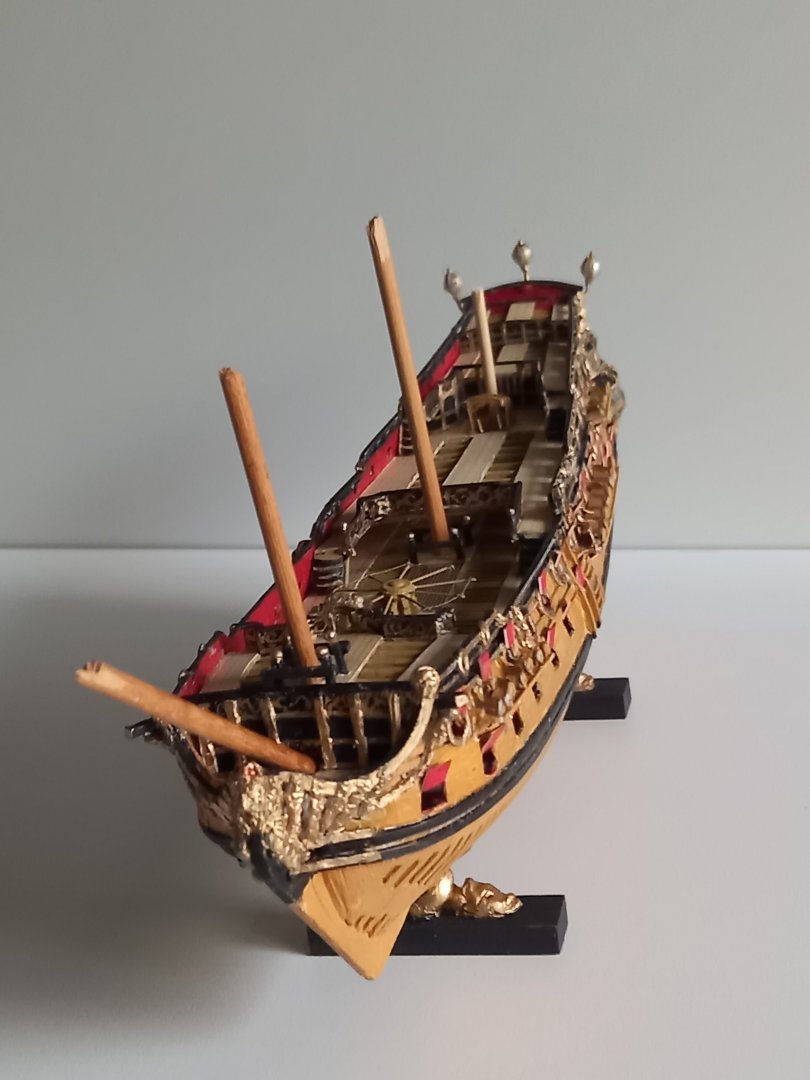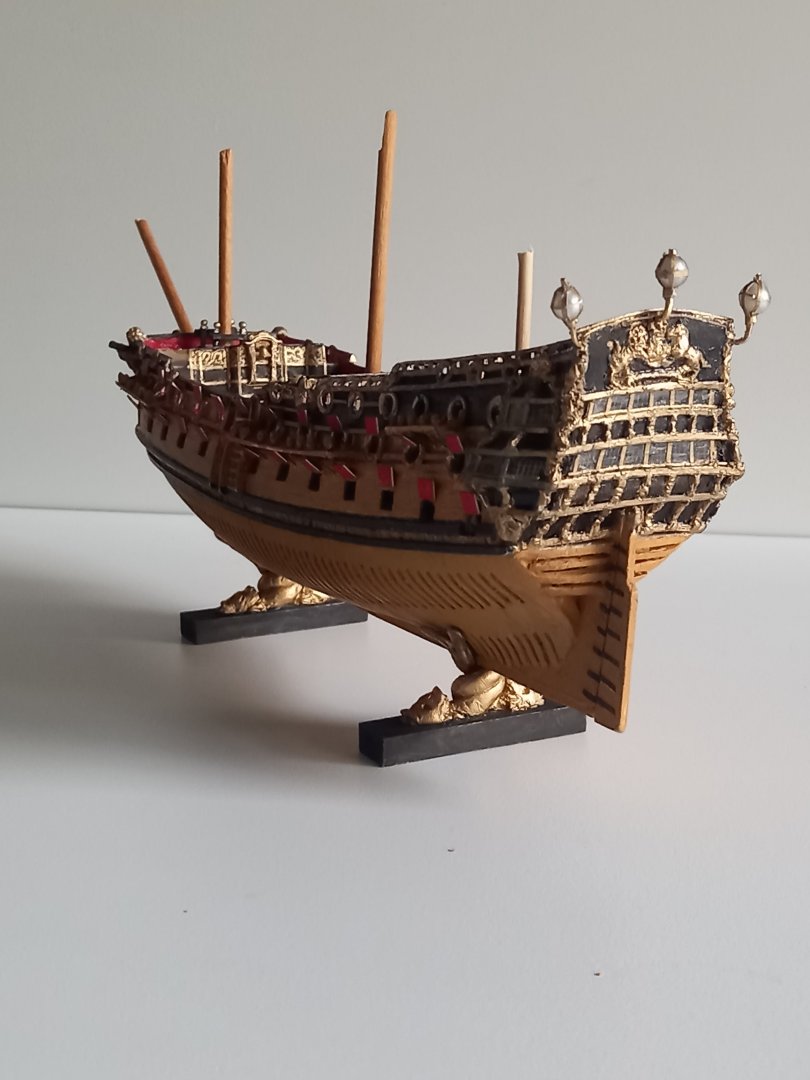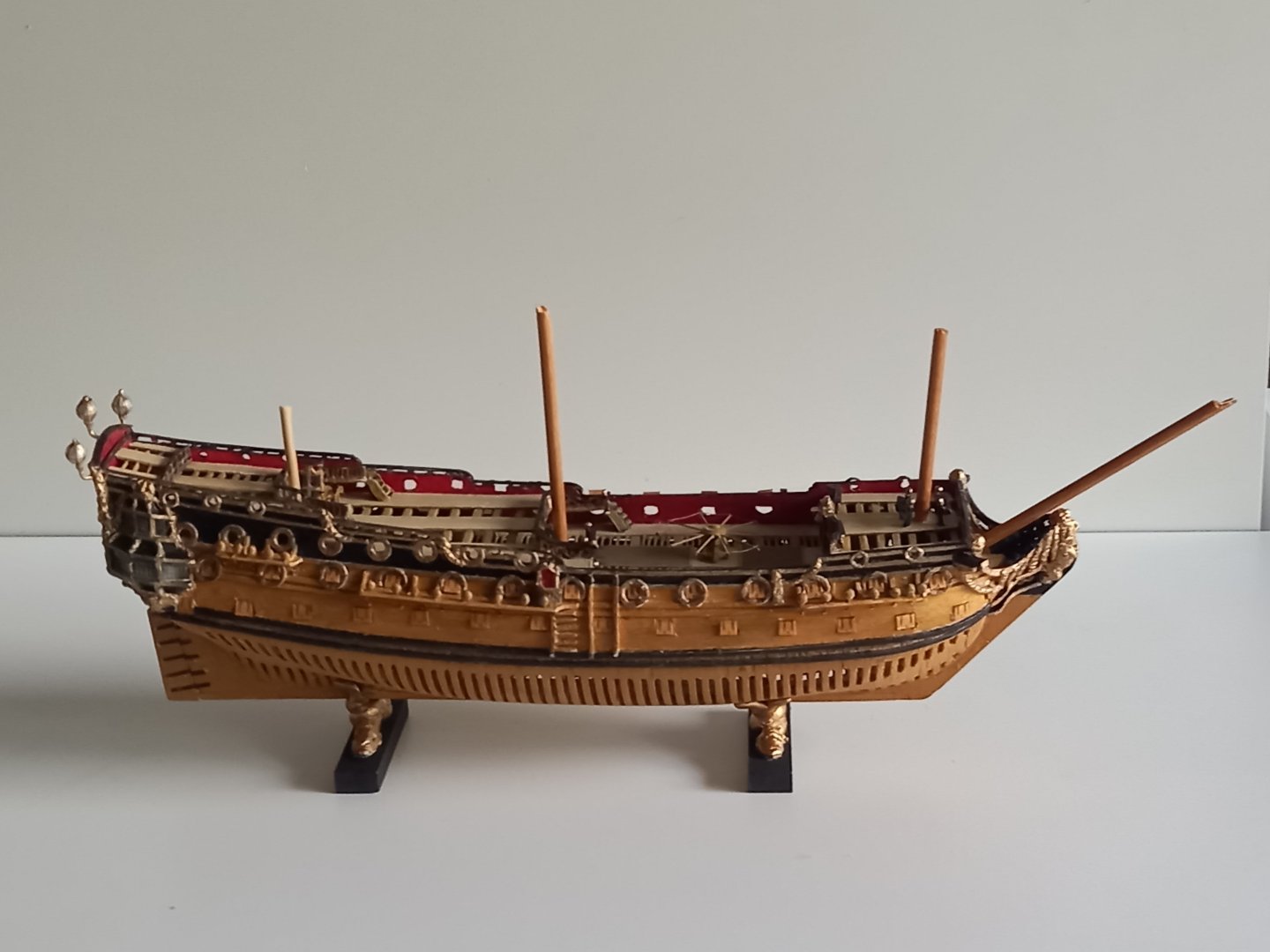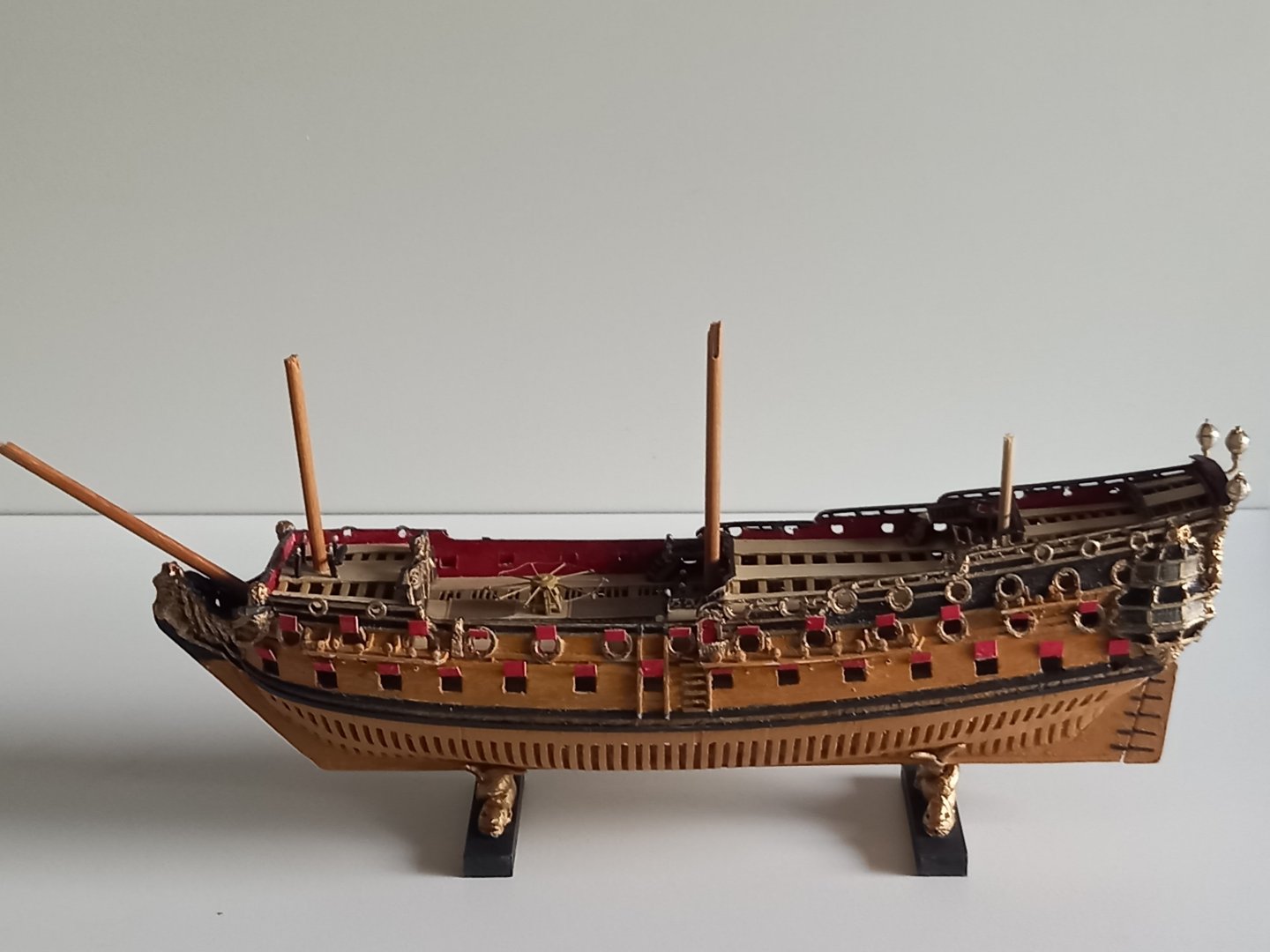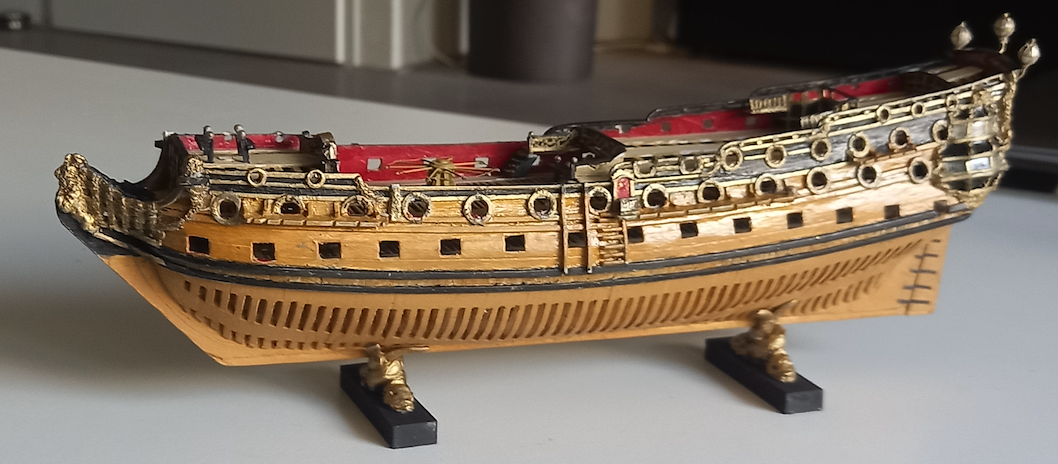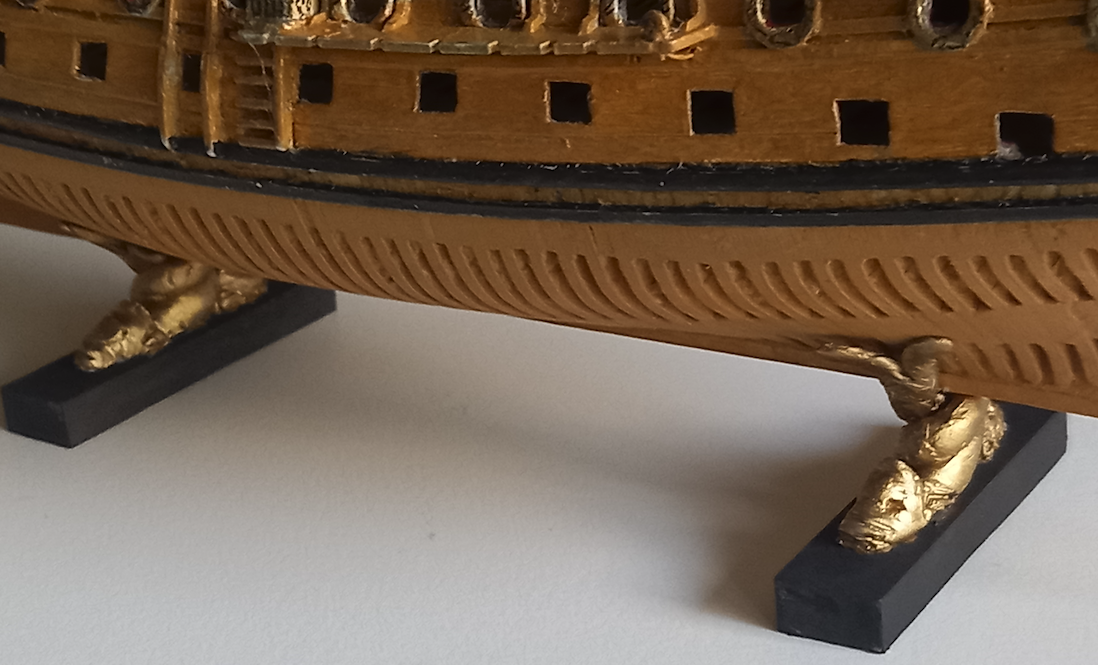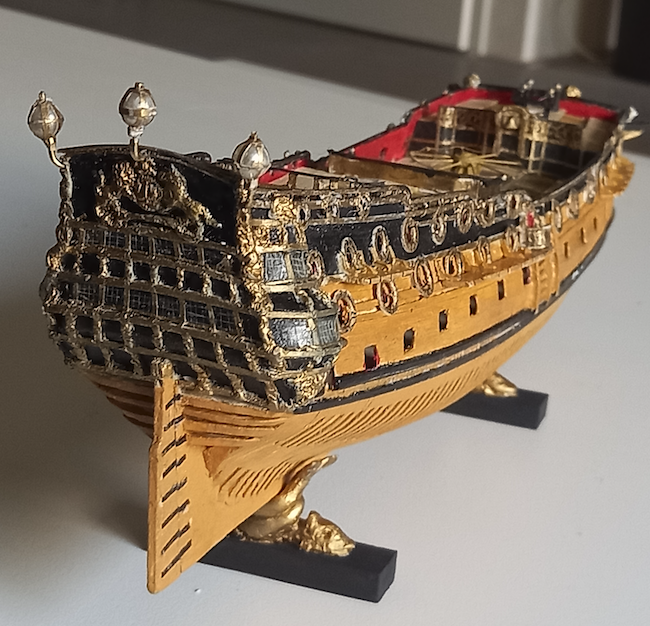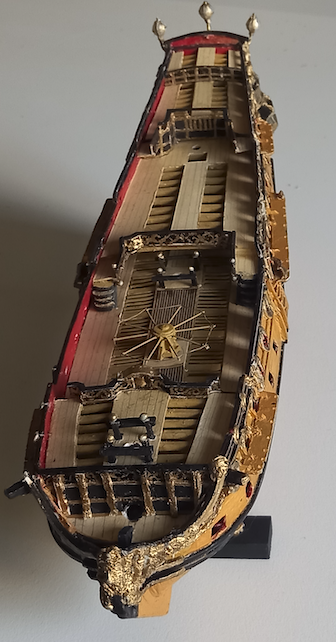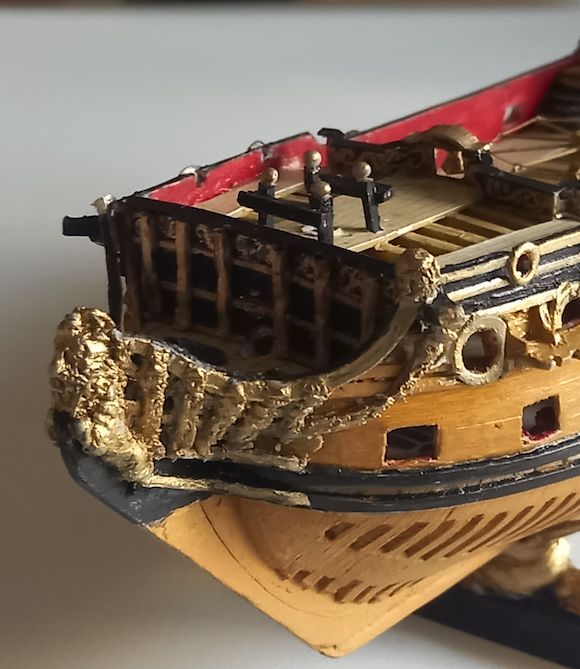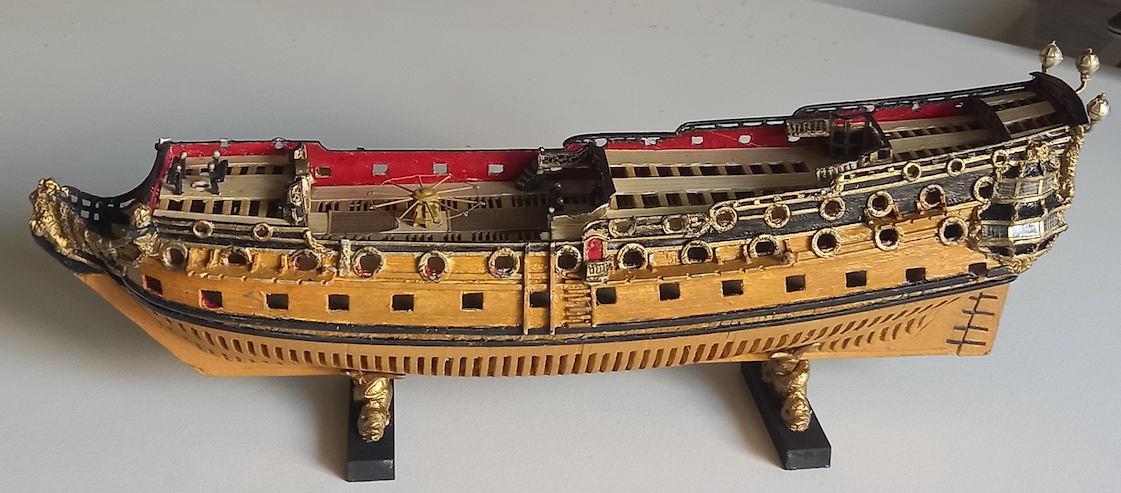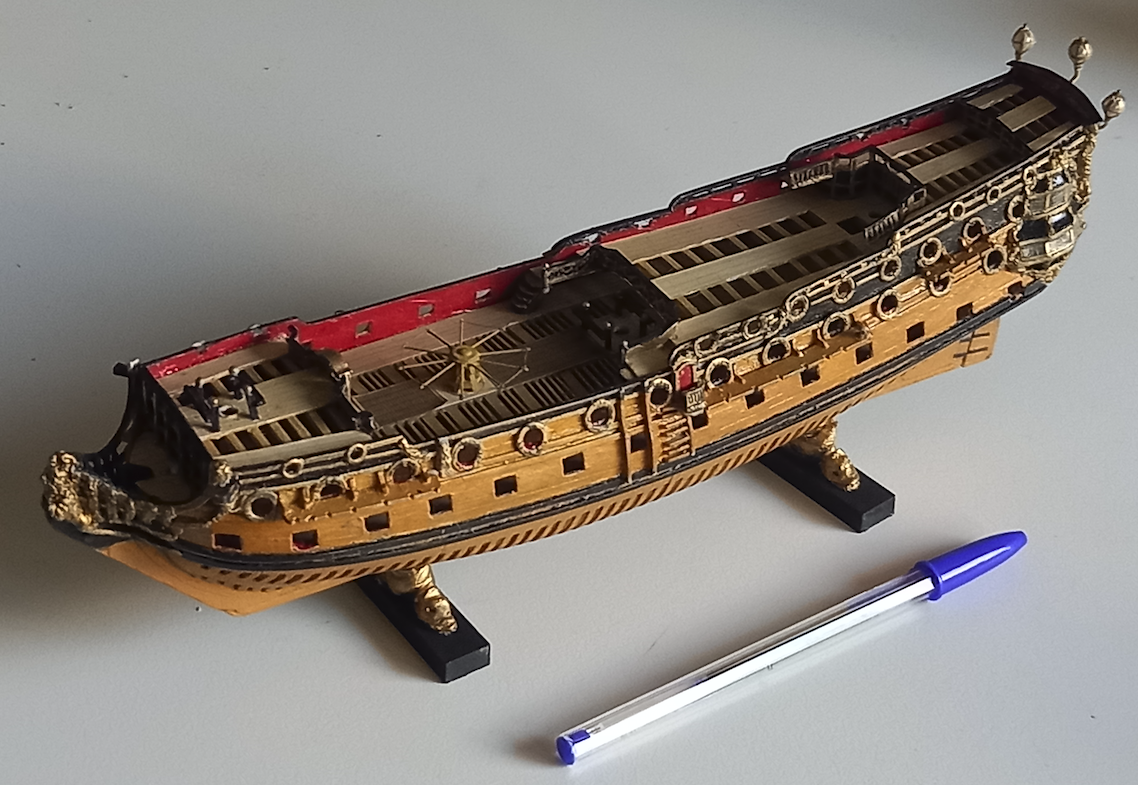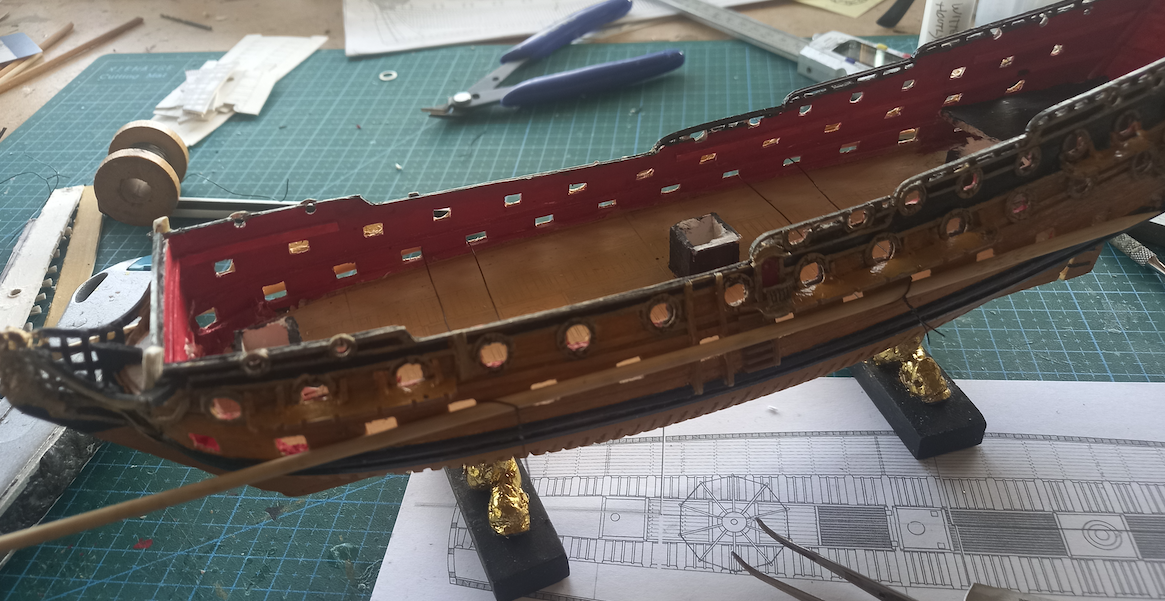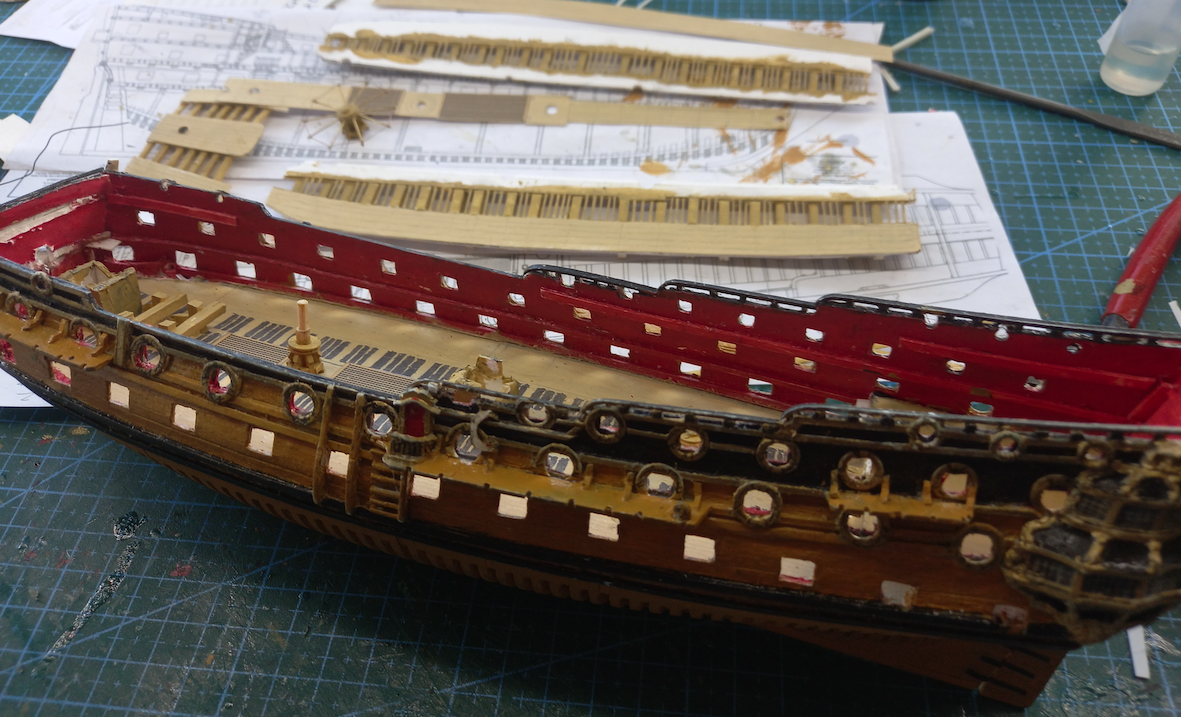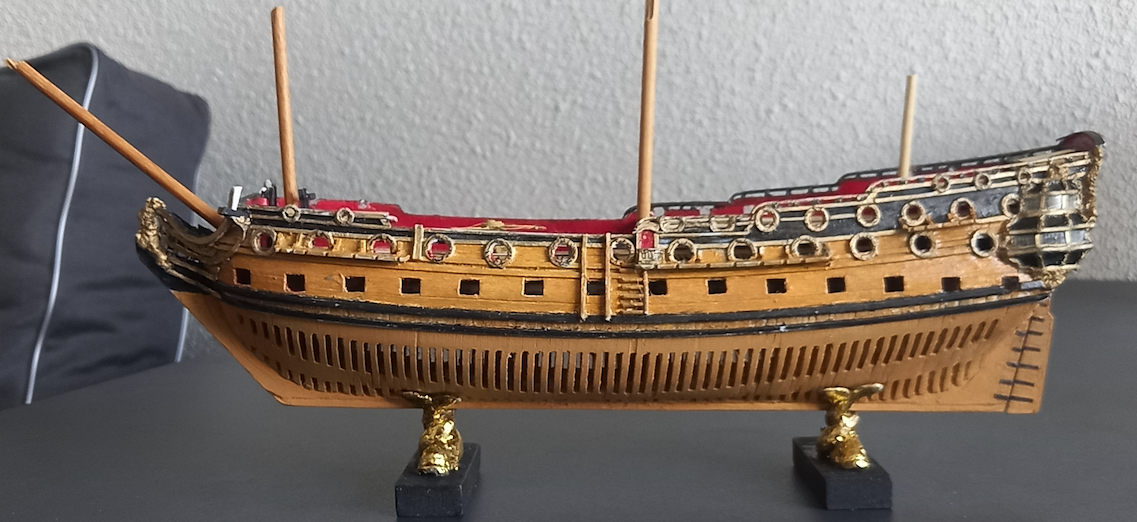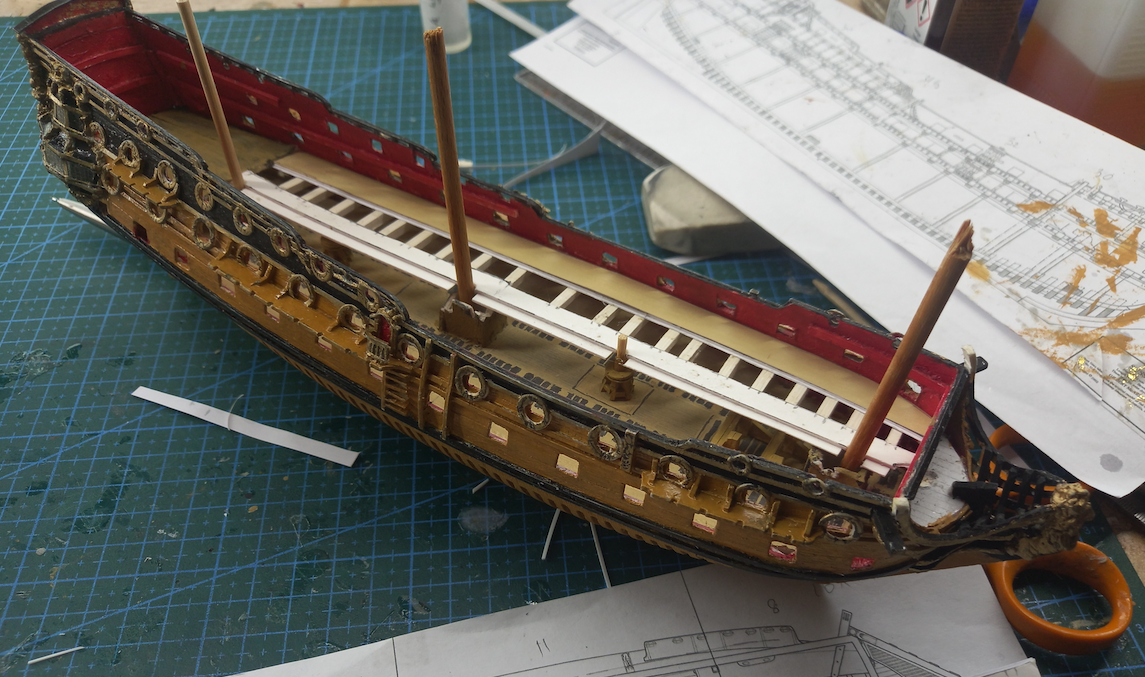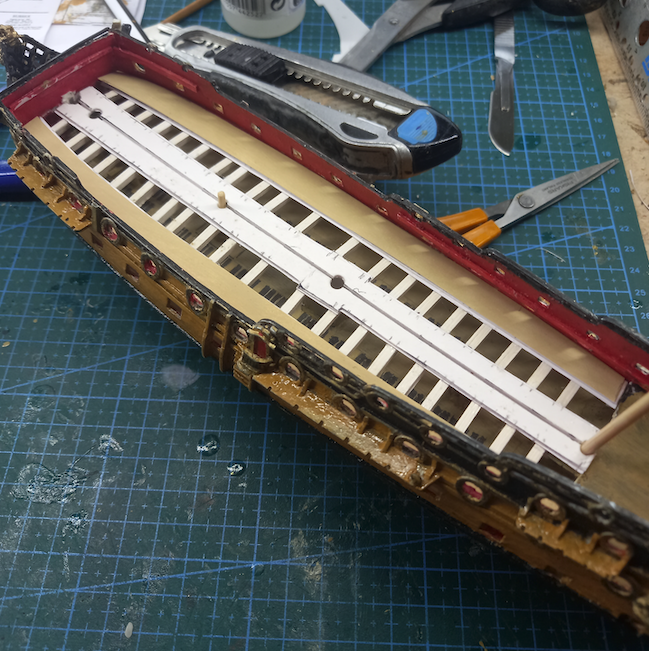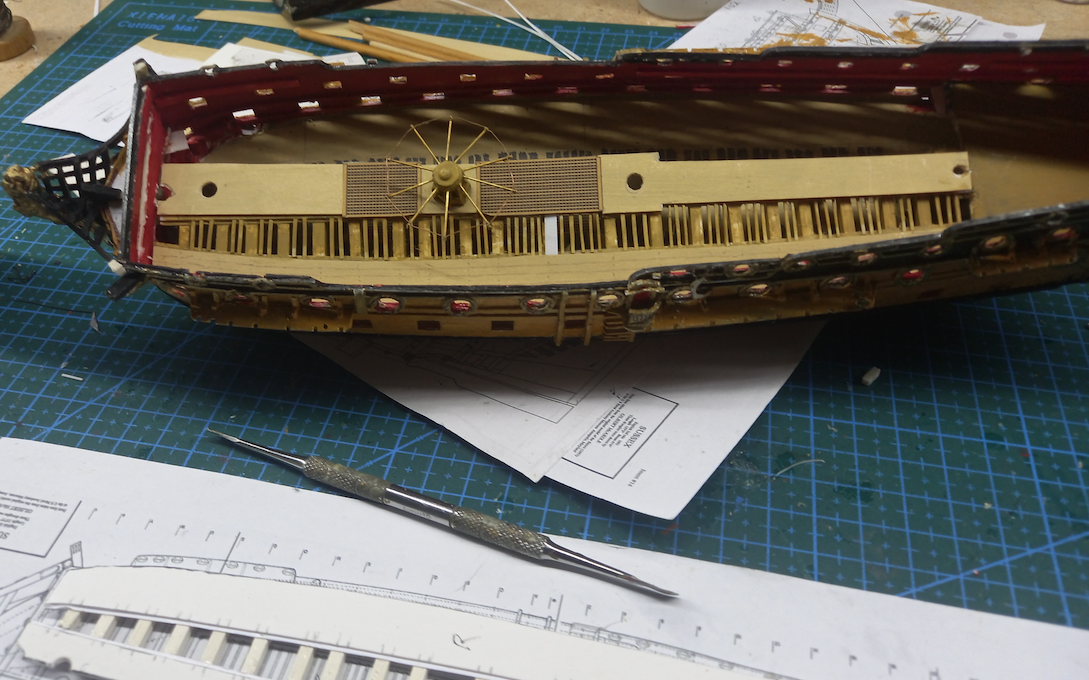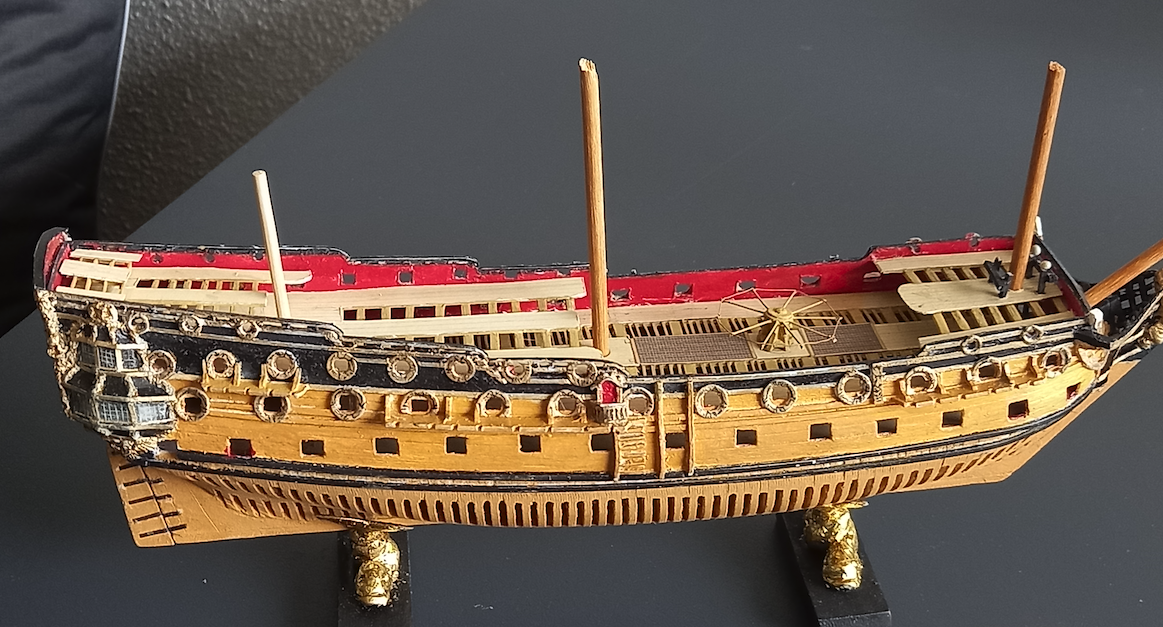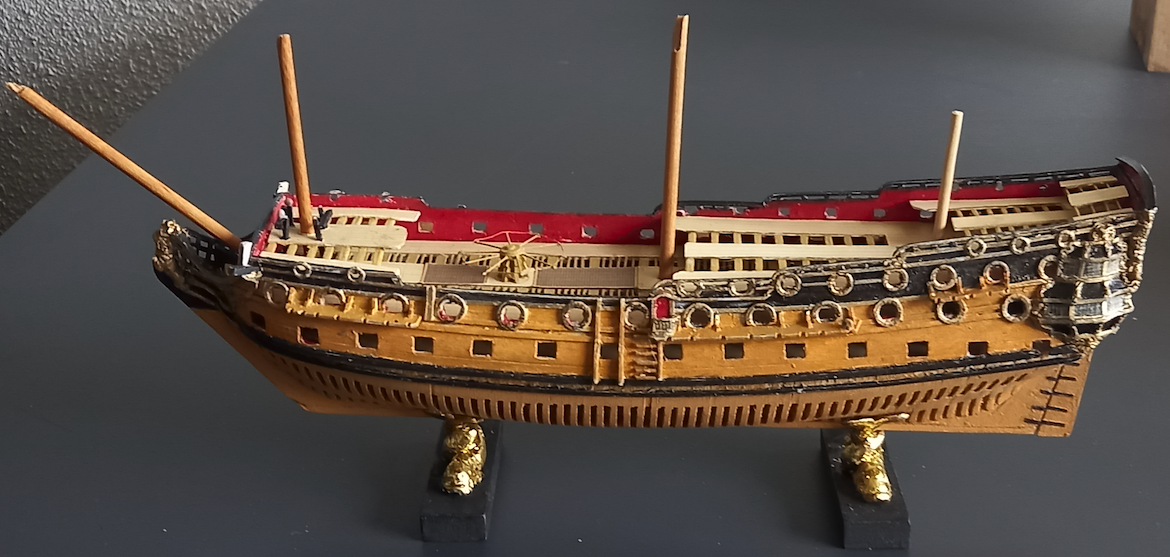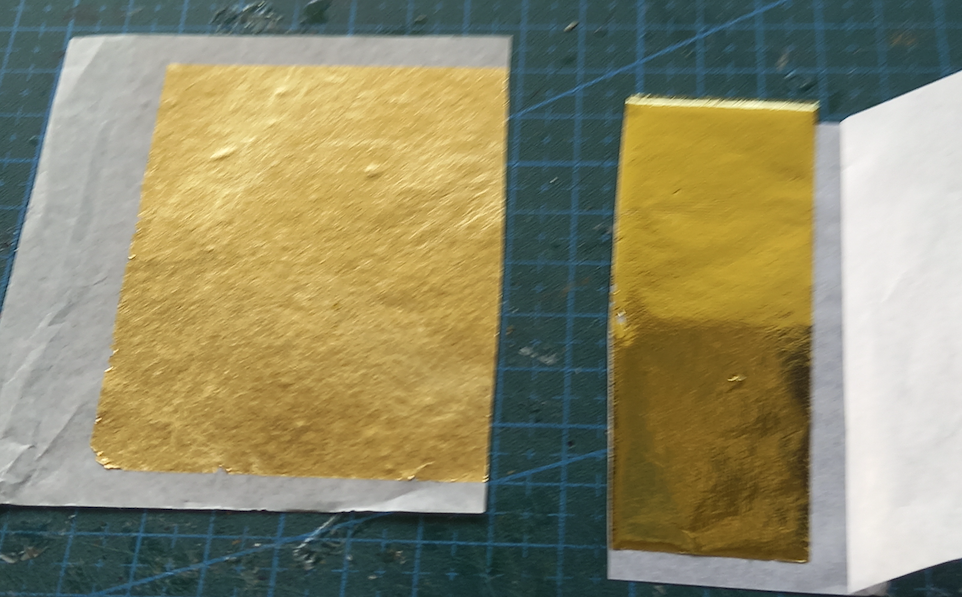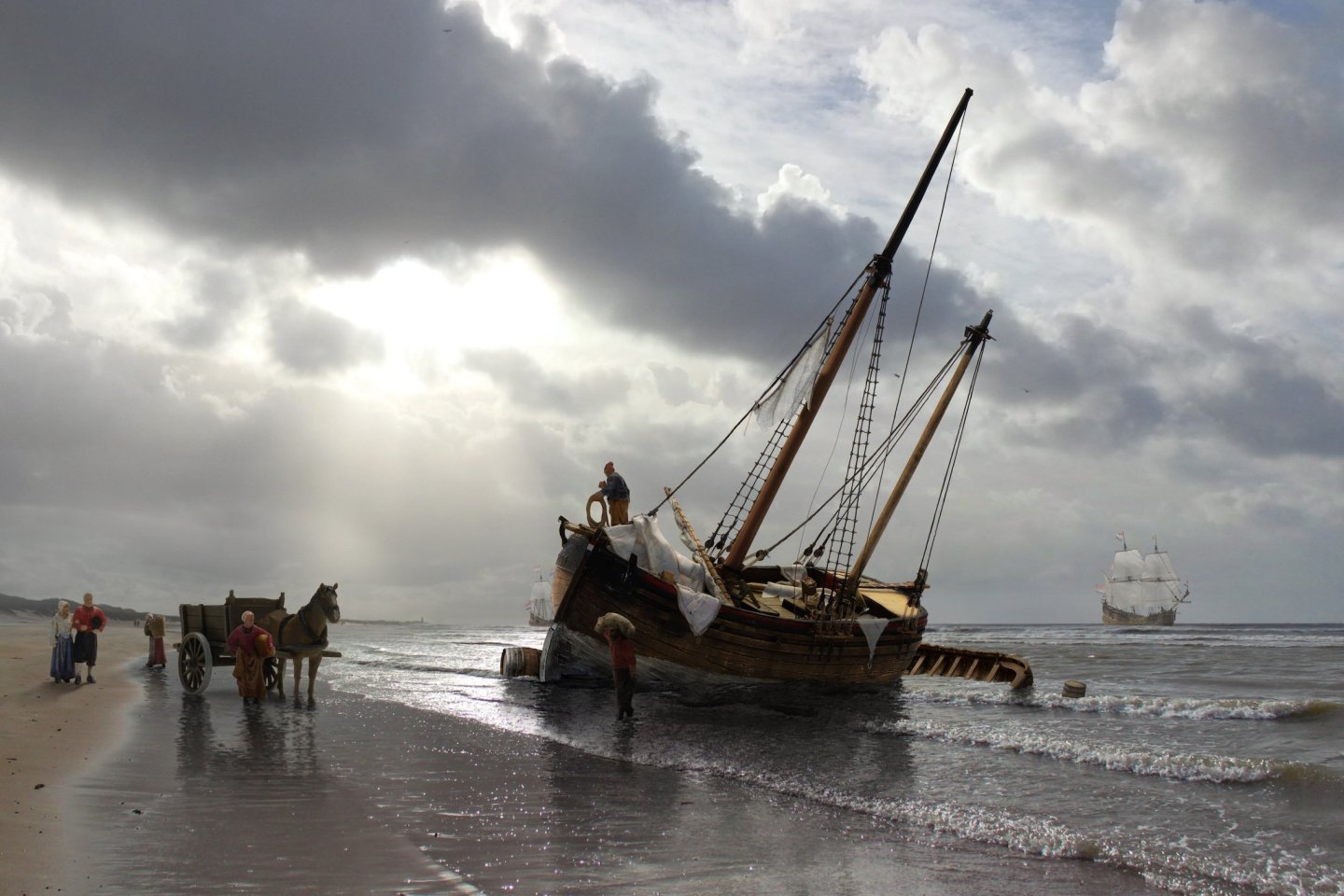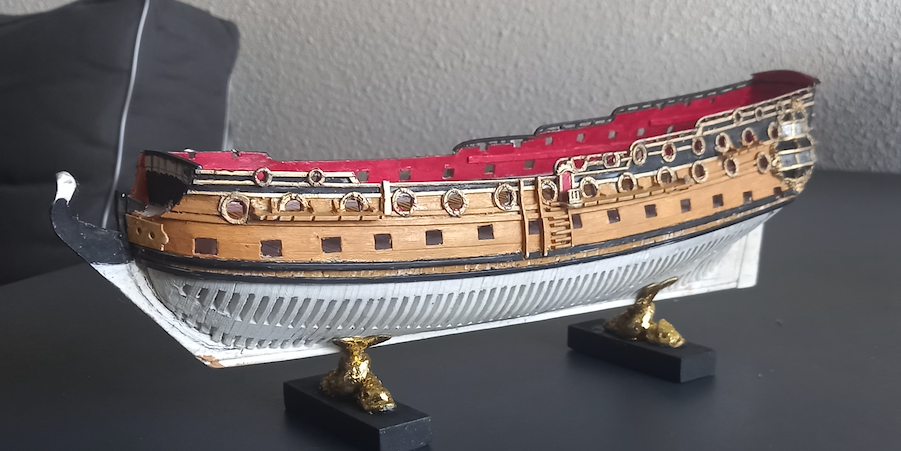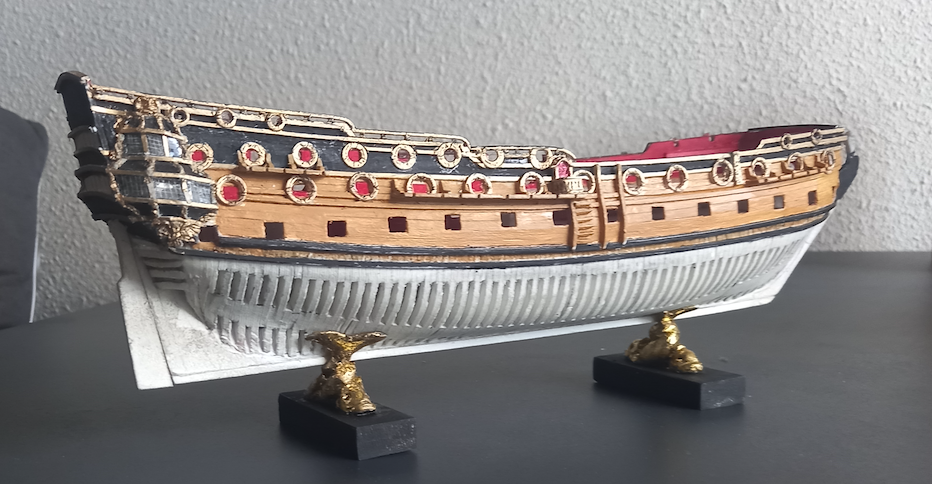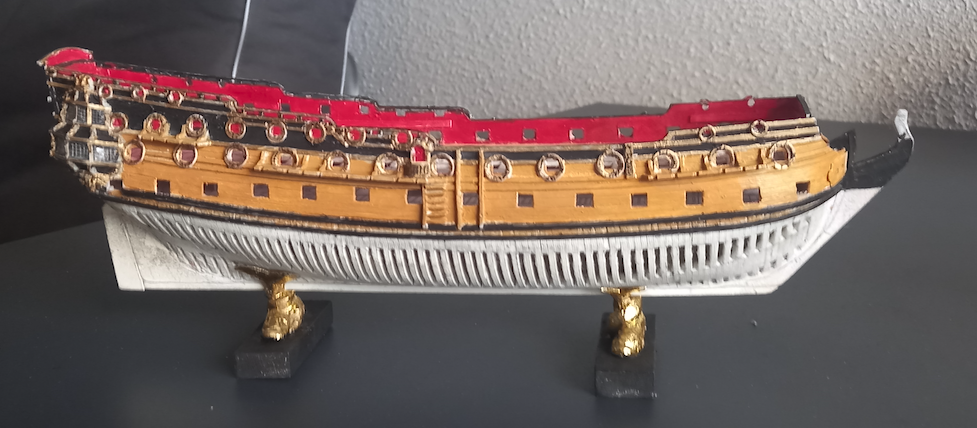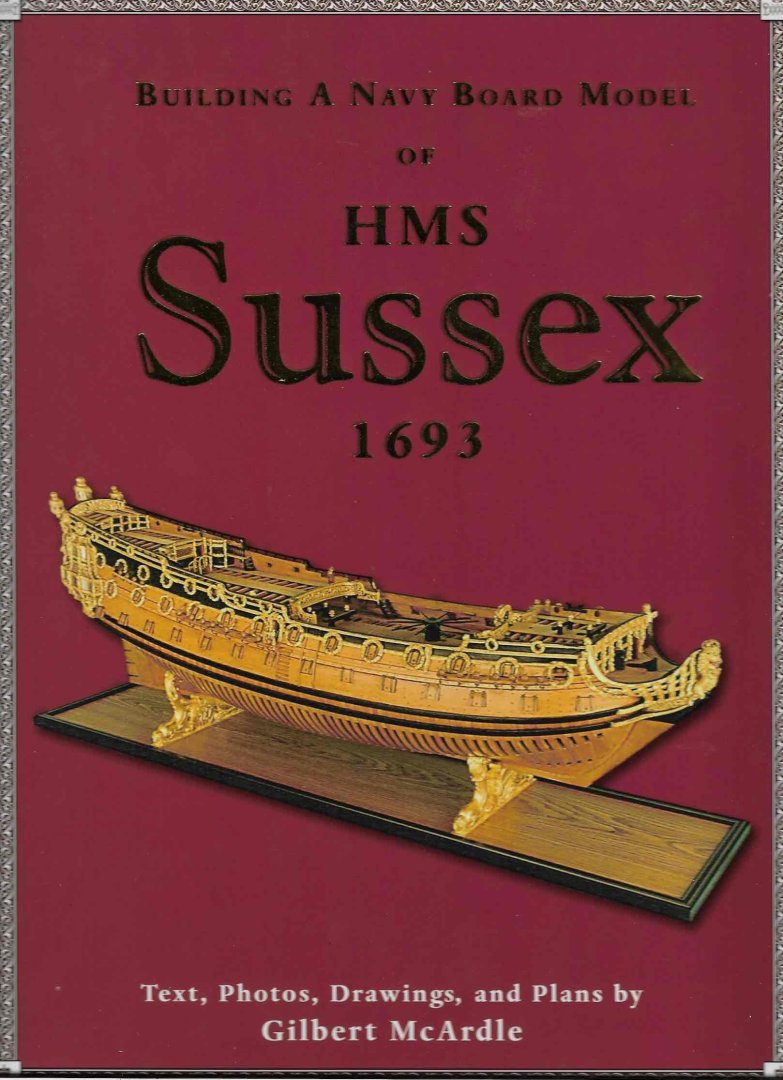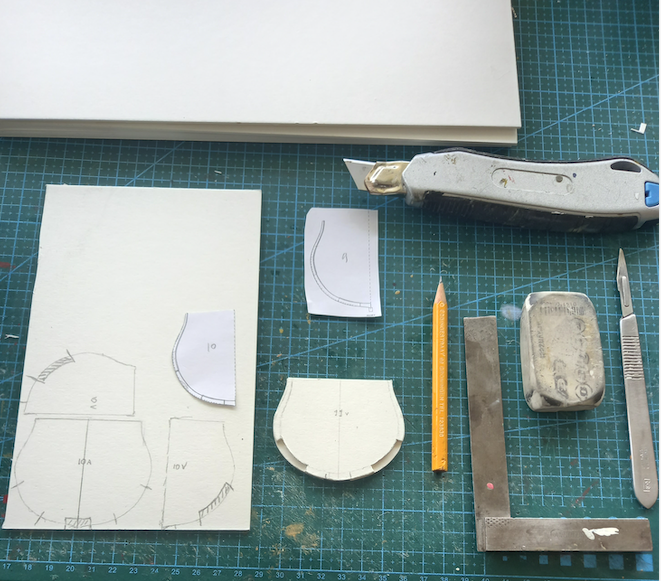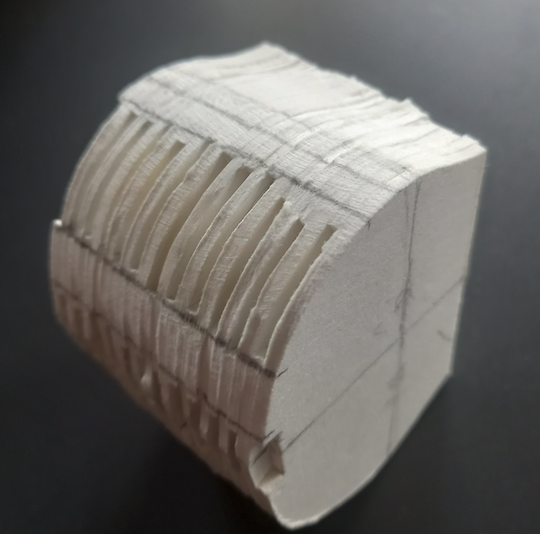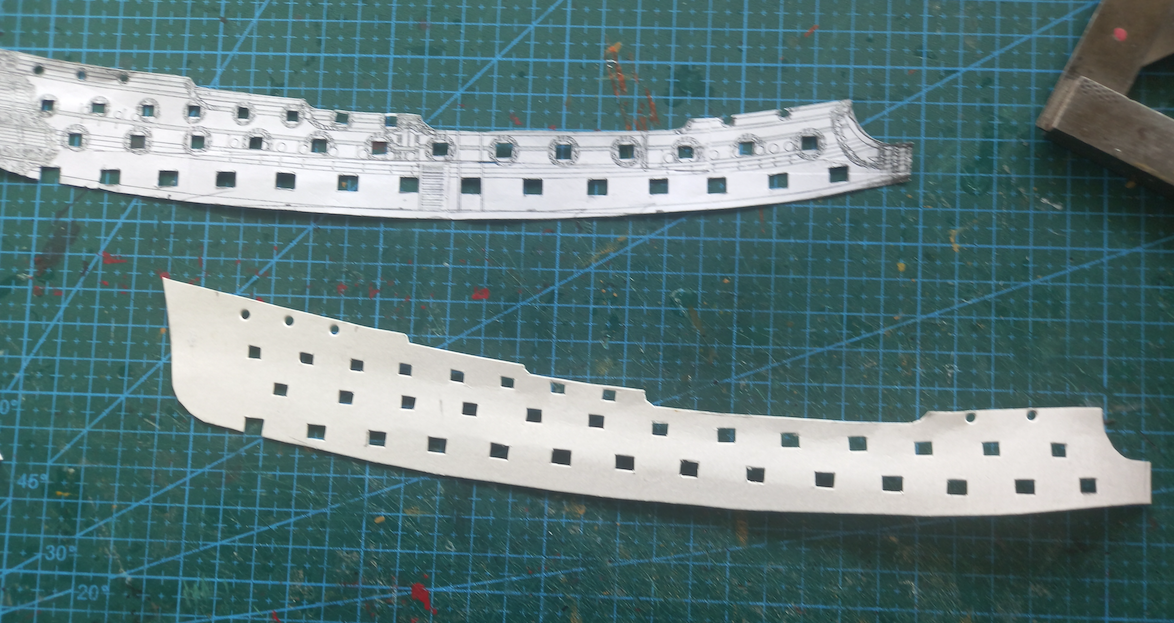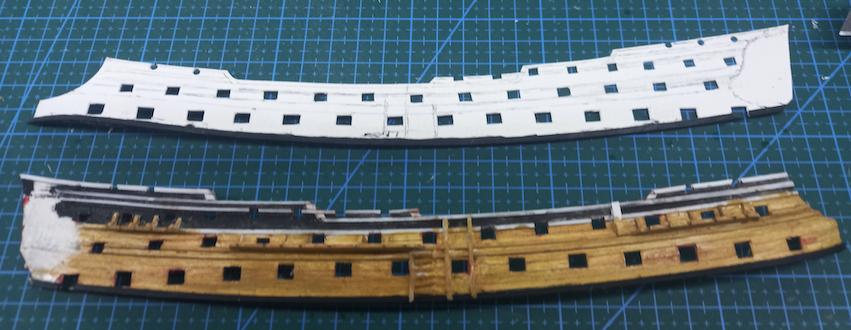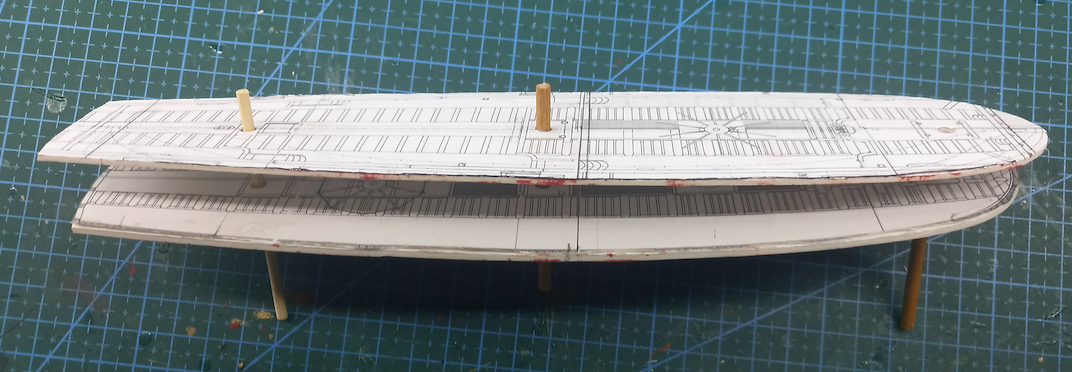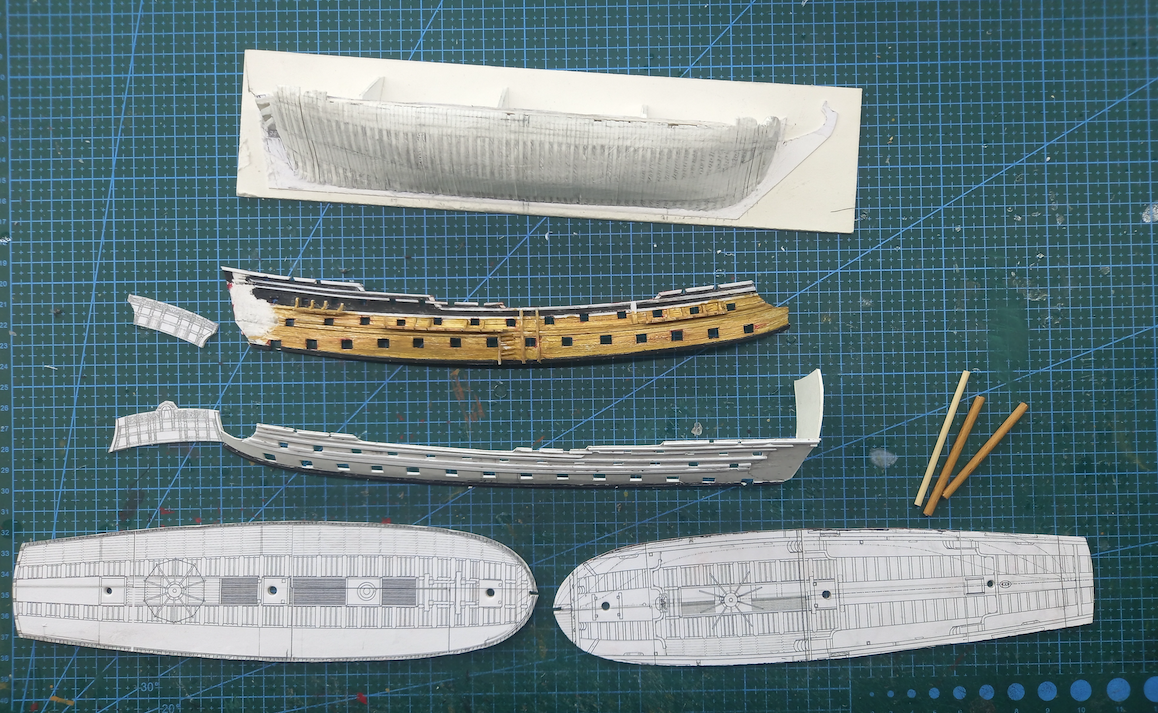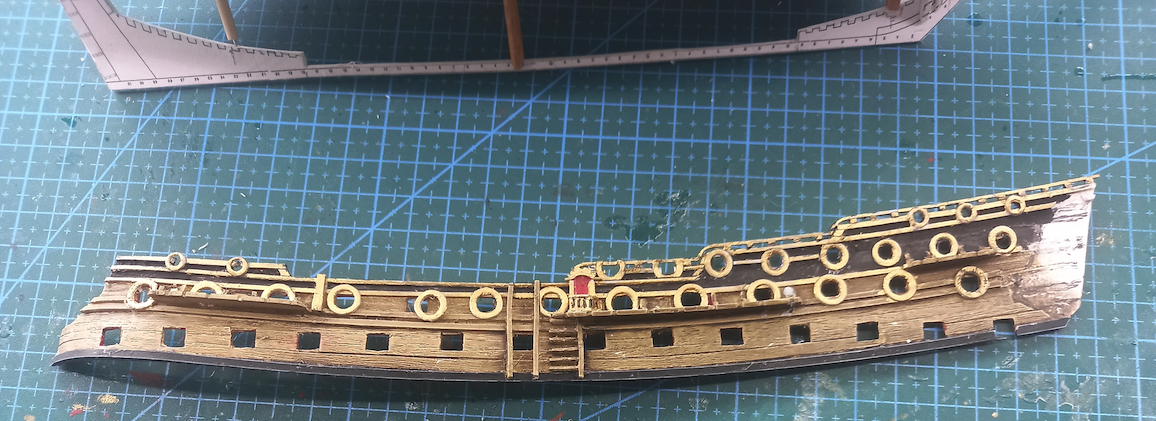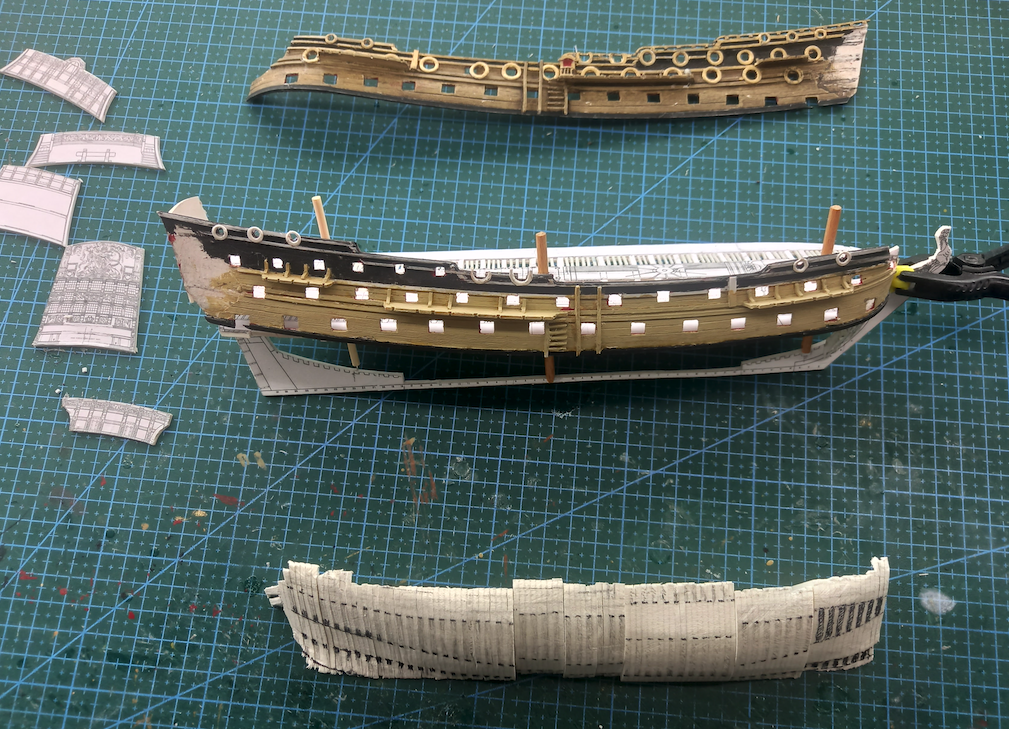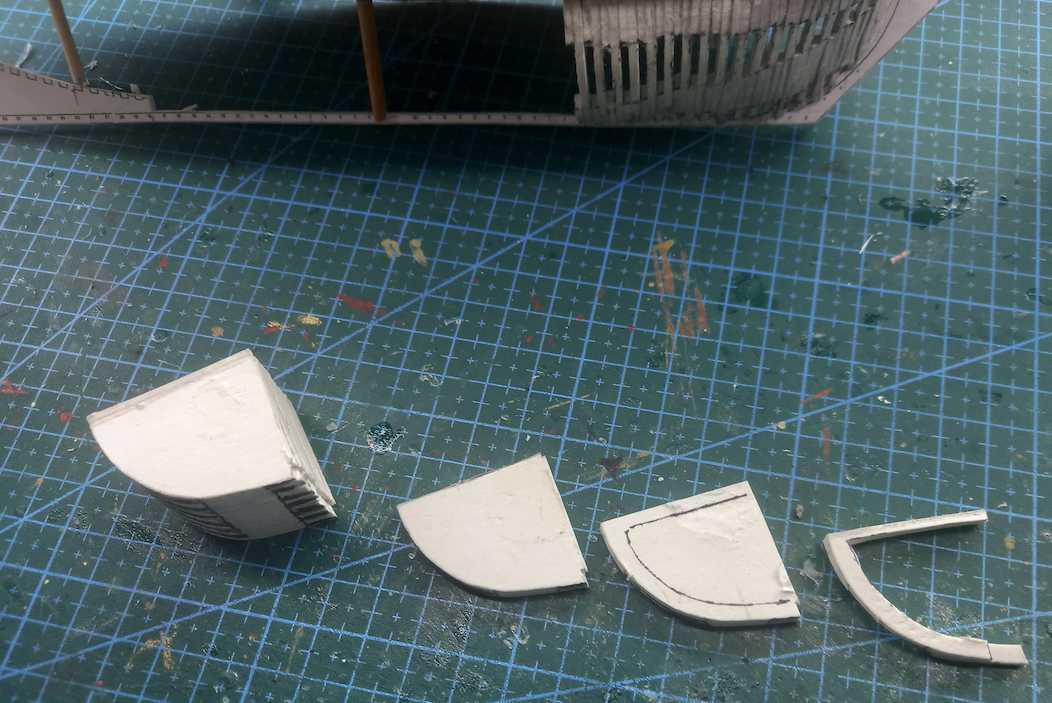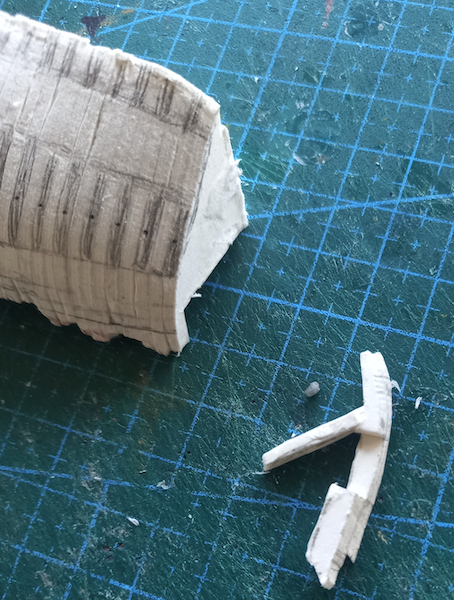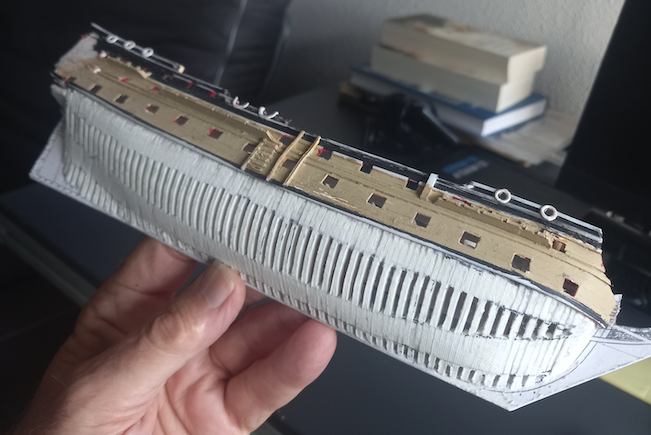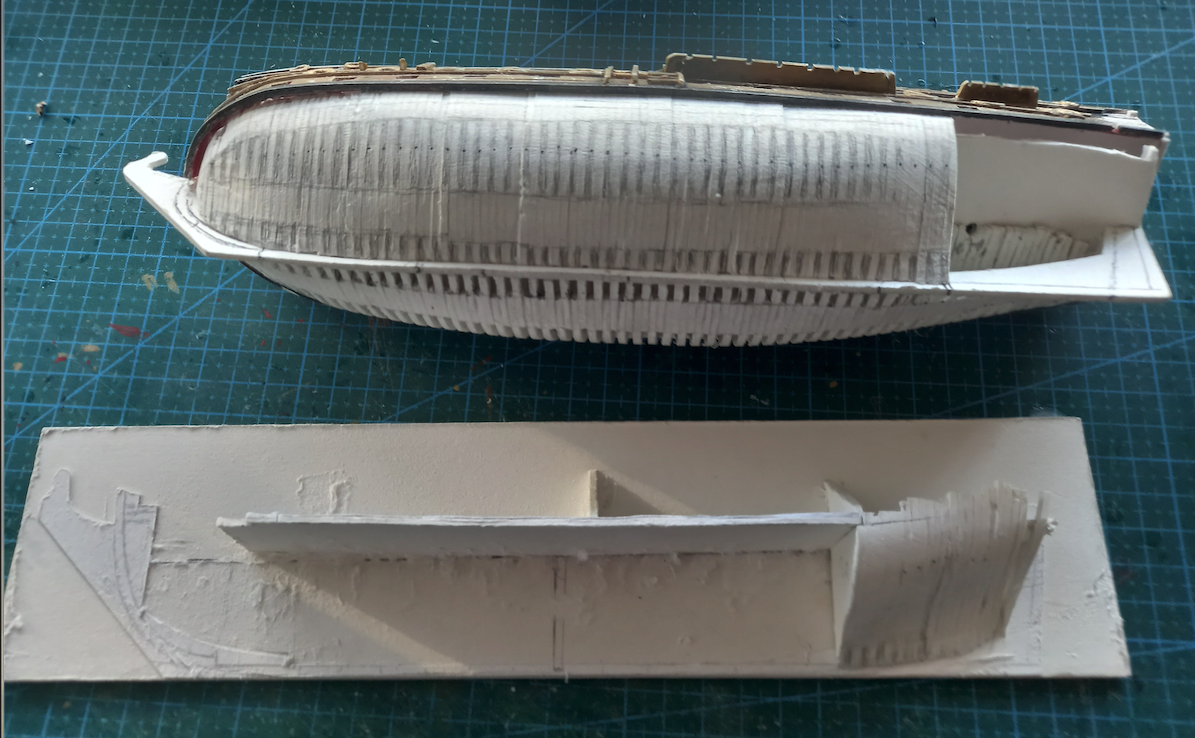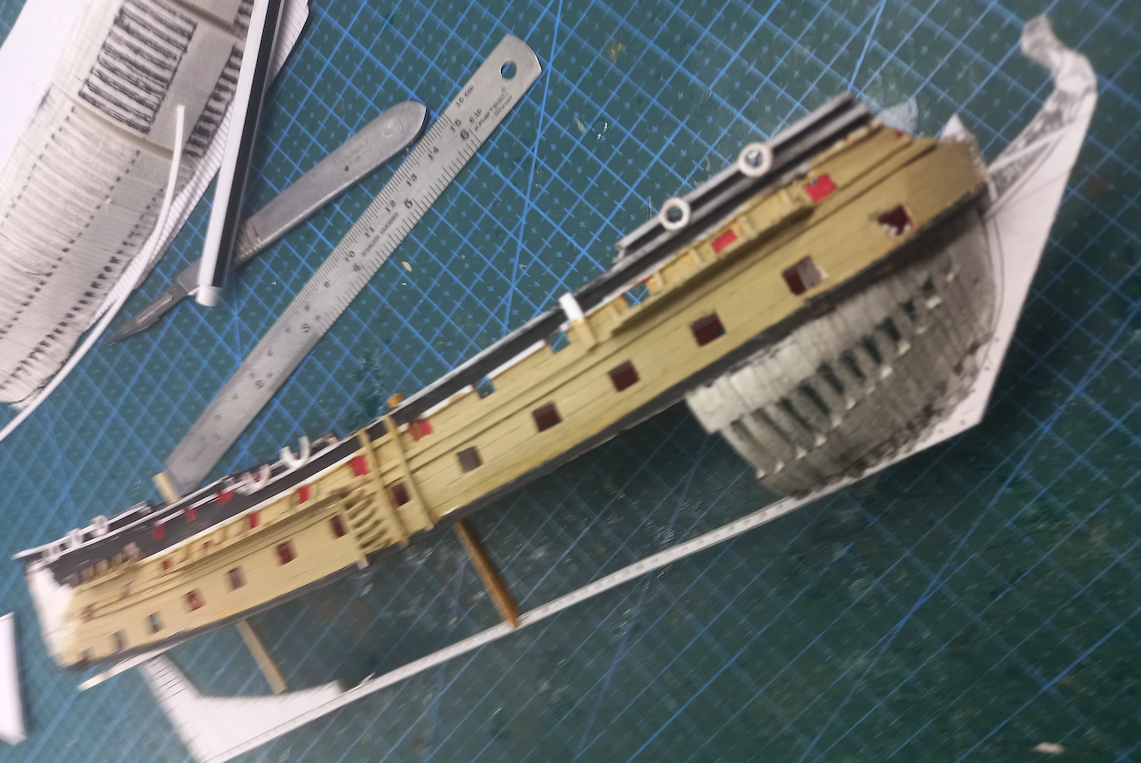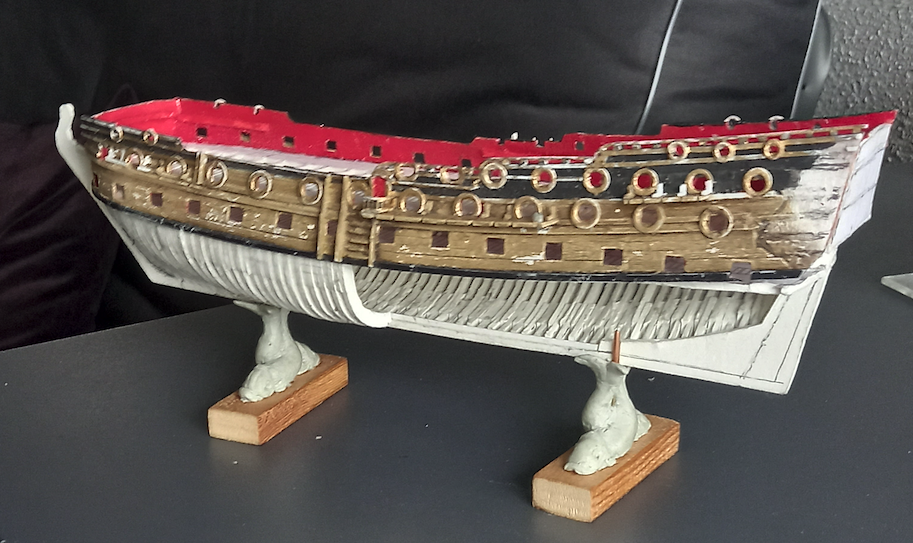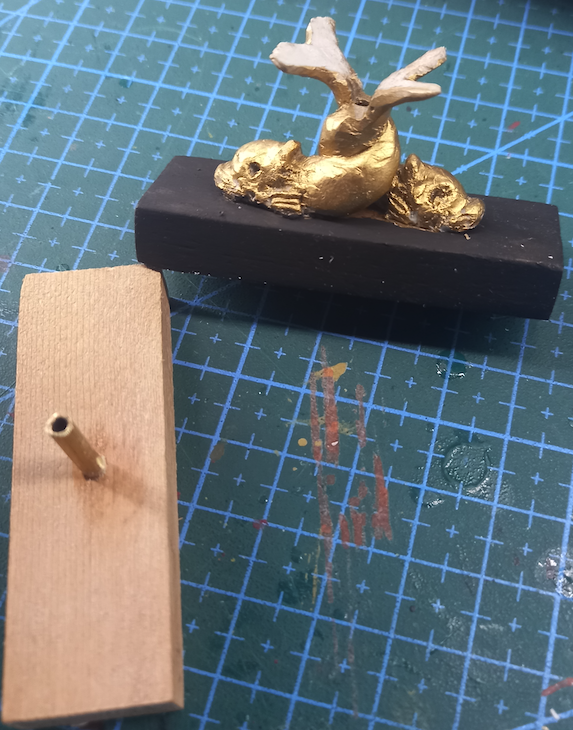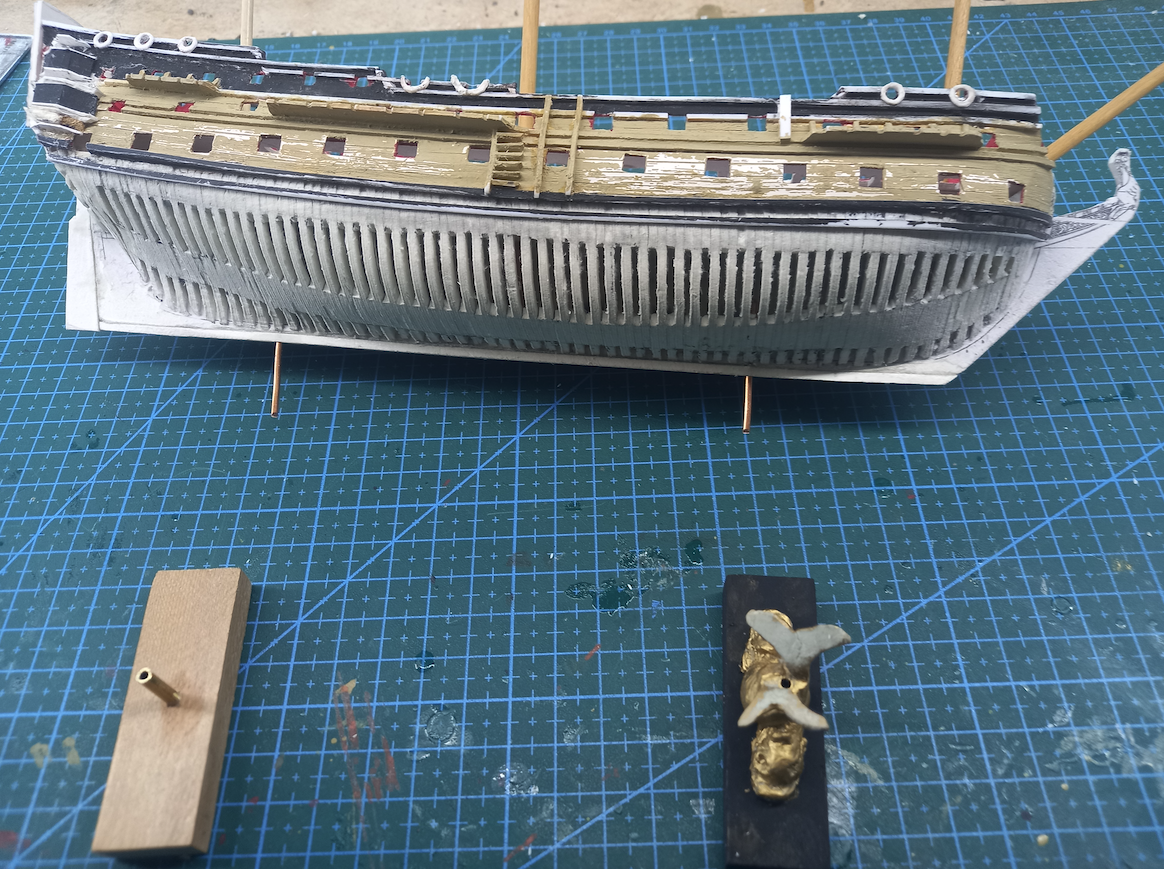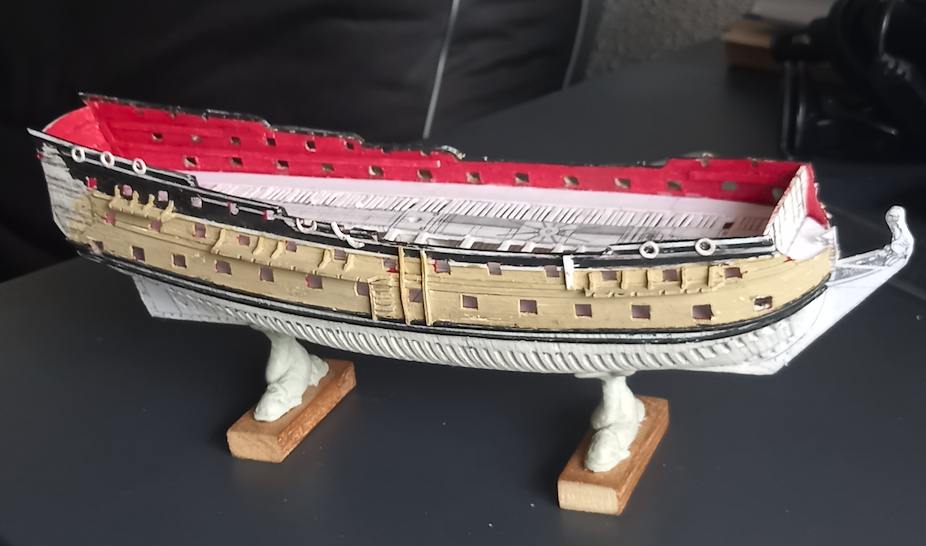-
Posts
690 -
Joined
-
Last visited
Profile Information
-
Gender
Male
-
Location
Alkmaar, Holland
-
Interests
Dutch 17th century shipbuilding
Airplanes
Flightsimulation
Recent Profile Visitors
-
 Ab Hoving reacted to a post in a topic:
Cat Esther by GrandpaPhil - FINISHED - 1/64 - CARD
Ab Hoving reacted to a post in a topic:
Cat Esther by GrandpaPhil - FINISHED - 1/64 - CARD
-
 Some Idea reacted to a post in a topic:
Seasons greetings
Some Idea reacted to a post in a topic:
Seasons greetings
-
 vvvjames reacted to a post in a topic:
Seasons greetings
vvvjames reacted to a post in a topic:
Seasons greetings
-
 James H reacted to a post in a topic:
Seasons greetings
James H reacted to a post in a topic:
Seasons greetings
-
 GrandpaPhil reacted to a post in a topic:
Seasons greetings
GrandpaPhil reacted to a post in a topic:
Seasons greetings
-
 druxey reacted to a post in a topic:
Seasons greetings
druxey reacted to a post in a topic:
Seasons greetings
-
 cotrecerf reacted to a post in a topic:
Seasons greetings
cotrecerf reacted to a post in a topic:
Seasons greetings
-
 Melissa T. reacted to a post in a topic:
Seasons greetings
Melissa T. reacted to a post in a topic:
Seasons greetings
-
 chris watton reacted to a post in a topic:
Seasons greetings
chris watton reacted to a post in a topic:
Seasons greetings
-
 Snug Harbor Johnny reacted to a post in a topic:
Does painting mean covering the mistake?
Snug Harbor Johnny reacted to a post in a topic:
Does painting mean covering the mistake?
-
JaydenHKing started following Ab Hoving
-
 Cabbie reacted to a post in a topic:
Does painting mean covering the mistake?
Cabbie reacted to a post in a topic:
Does painting mean covering the mistake?
-
 Ab Hoving reacted to a post in a topic:
HMS Tiger 1747 by Siggi52 - 1:48 - 60 gun ship from NMM plans
Ab Hoving reacted to a post in a topic:
HMS Tiger 1747 by Siggi52 - 1:48 - 60 gun ship from NMM plans
-
 Ab Hoving reacted to a post in a topic:
HMS Tiger 1747 by Siggi52 - 1:48 - 60 gun ship from NMM plans
Ab Hoving reacted to a post in a topic:
HMS Tiger 1747 by Siggi52 - 1:48 - 60 gun ship from NMM plans
-
 Ab Hoving reacted to a post in a topic:
Kawasaki Ki-61 Hien "Tony" by ccoyle - Halinski/Kartonowy Arsenal - 1/33 - CARD
Ab Hoving reacted to a post in a topic:
Kawasaki Ki-61 Hien "Tony" by ccoyle - Halinski/Kartonowy Arsenal - 1/33 - CARD
-
 Ab Hoving reacted to a post in a topic:
Speeljacht by GrandpaPhil - FINISHED - Seahorse - 1/50 - CARD
Ab Hoving reacted to a post in a topic:
Speeljacht by GrandpaPhil - FINISHED - Seahorse - 1/50 - CARD
-
 Ab Hoving reacted to a post in a topic:
Cut and Paste - downloadable e-book featuring the work of Ab Hoving
Ab Hoving reacted to a post in a topic:
Cut and Paste - downloadable e-book featuring the work of Ab Hoving
-
 Ab Hoving reacted to a post in a topic:
Speeljacht by GrandpaPhil - FINISHED - Seahorse - 1/50 - CARD
Ab Hoving reacted to a post in a topic:
Speeljacht by GrandpaPhil - FINISHED - Seahorse - 1/50 - CARD
-
 Ab Hoving reacted to a post in a topic:
Speeljacht by GrandpaPhil - FINISHED - Seahorse - 1/50 - CARD
Ab Hoving reacted to a post in a topic:
Speeljacht by GrandpaPhil - FINISHED - Seahorse - 1/50 - CARD
-
 Ab Hoving reacted to a post in a topic:
Vought SB2U Vindicator by ccoyle - FINISHED - Kartonowa Kolekcja - 1/33 - CARD
Ab Hoving reacted to a post in a topic:
Vought SB2U Vindicator by ccoyle - FINISHED - Kartonowa Kolekcja - 1/33 - CARD
-
 Ab Hoving reacted to a post in a topic:
Speeljacht by GrandpaPhil - FINISHED - Seahorse - 1/50 - CARD
Ab Hoving reacted to a post in a topic:
Speeljacht by GrandpaPhil - FINISHED - Seahorse - 1/50 - CARD
-
Thank you @Tumblehome, @ccoyle and @druxey for your comments and all the people for their likes. @Tumblehome: I usually make my pictures taken by my phone smaller because several forums refuse them because of their size. Incidently I tried to feed Modelshipworld with the original ones and... gee, it worked. Does it make any difference to you? @druxey: Sorry David, I really tried to slow down, but somehow it simply does not work for me. I was born to labor.. Now I start my search for a next sortlike project. I learned so much from this one that it would be a waste to forget it all and start growing daisies....
-
Yesterday I finished the dockyard model of the Sussex, 2 1/2 months after I started. It was a nice experience. English shipbuilding is a challenge for me, as I know next to nothing of it, but in t his case I just had to imitate McArdles's example. It was fun. Perhaps Emiel will make better pictures if the spirit comes over him. What will be next?
-
Thank you @Ronald-V, @amateur, @scrubbyj427 and @wefalck for your kind words. @wefalck: No, I did not describe the carvings. As you know it is all fake. I just press some two component putty into place and make blobs and dents with pointed and round sticks until it looks like carvings from a distance in my myopic eyes. For the bell I heated some blister plastic and pressed the massive side of a 1.5 mm drill into it. The material gave way in a nice bell-shaped way, I just had to cut it from the sheet. Amazing how much more time is needed to build at this scale compared with larger ones. Time and scale seem inversely proportional. There must be some law for it.
-
Almost finished. Slow progress. It seems that the smaller the object, the more time consuming it gets. But we're coming to an end. The lanterns are made of some pearls from my wife's necklace. Maybe she won't even notice the difference... I decided not to use pure gold for the decorations. Tests showed that the result is that some parts of the model scream: 'GOLD' and the rest seems dull in comparison I think this gold paint is more modest and good enough. Maybe a small touch up here and there with some brighter paint will do the job just as well. I adjusted the size of the stands. The former were too big, even though they were the second ones I made. I hope this fits better. Still much work to do on the dead-eyes and the gunport lids. If you are in doubt about the size of the model, maybe this gives an image: Hope to see you next time.
-
Much progress over the last fortnight. I removed the upper deck without damage and did the necessary details on the lower deck, like the (double) bitts, the gratings and the capstans. They will hardly be visible in the end, but it is always good to know they are there. I also tried to squeeze the model back in shape with a few sticks tied with an end of wire. It looked good, but with hindsight the mounting of the upper deck brought back the too wide sides. A failure. I treated the underwater part with shellac first so that it could be sanded easily to get rid of some fluff. I'm not sure about the color. In the back of my mind it should be a bit lighter than it turned out to be. Maybe I just have to get used to it. The mounting of the upper deck was a nice experience. I decided to split the deck into two halves, which could be mounted one by one. Because of the deck beams I had to roughly take down part of the supports I had created around the masts. Nothing of them will be visible in the end. The seam was covered by the 'planking', a sheet of prepared and painted paper. It all fitted to a T, but the deck turned out to be 2 mm too wide. Not something to lie awake at night but still... The capstan on the lower deck continued at the upper deck. The other decks were quite straightforward to model and mount. What rests are all the decorations for the bulkheads, the beak head and the sides, the dead-eyes, the lanterns and the lids of the gun ports. Nothing to get nervous about. What I do am nervous about is the gilding. As I told before I used gold paint so far, but I intend to add real gold leave. There was very little left from what I usually have in stock, so I went looking for a new booklet of 25 sheets. Expensive stuff (about 80 Euros), but at some Chinese site I spotted a package of 100 gold leaves for just 12 Euros! Too good to be true of course and indeed, when it arrived I did not like the tone of the color at all. I don't know what they mixed the gold with, but it is too flat and shiny for my purposes. I'm afraid it will make the model look cheap. Still I want to give it a (test)try, because I might tone it down a bit with some transparent paint, but the looks of the material make me shiver... Look for yourself, to the left the real gold, to the right the Chinese 'gold'. In the end we can conclude that it is indeed possible to build a 1/200 scaler dockyard model from card.
-
Here a small in between from my small series about ships at the end of their career. A simple hoeker wreck stranded at the beach. I think Emiel had more work creating this image than I did. Human figures by Artitec.
-
A small update. Work on the ship's sides continues. Hard times are to come. I fear I will have to remove the upper deck to dress the lower one. Besides I want to make it a bit narrower, so destruction is threatening. I'm not sure what to do with the lower hull. The sides of this sort of card color differently than the surface, because the paint seems to intrude the material. Perhaps I will use shellac first. This project grows like tree. I gilded the stands, but I find them a bit too shiny in comparison with the model, which has no gilding yet (only gold paint) and I have many hesitations for using real gold on it. I really am struggling to get rid of my love for worn out ships in this project. I seem to be a bit scared of brilliantly shiny images. But the build is a lot of fun.
-
By the way, my compliments for your web site. I was not aware of the existence, because I never look at kits or reports about kit buildings (except for the ones I was involved in the development). Certainly not because of arrogance, but simply because there is not much for me to learn there. I am glad you guys exist and keep the hobby within reach for people who do not have access to all kinds of sources and materials. Keep up the good works!
-
Gee, yes, I remember. That was long ago, when I was still young and handsome. 🙂 Never saw this program. Quite well done actually.
-
To be honest, I don't know Chris. There were several occasions I had to cooperate with docs, but they are all long ago and I did not collect the outcomes. It was probably someone who was a real expert. 🙂
-
Thank you scrubbyj427, bruce d, amateur and ccoyle for your warm words. We will see where it leads me.
-
What follows here is just an experiment. Although the process of rigging a ship model becomes more and more a problem for me as a result of my fading eye-sight and shaky hands, my urge to keep on building models has not in the least disappeared. So I went looking for 17th century ship types where no or almost no rigging was involved. After several try-outs with one-masted vessels with comparatively simple riggings my eye fell on the glorious models with which the English shipbuilders tried to seduce the king to commission them to build the full-size ship, the so-called Admiralty or Navy Board dockyard models. These models were usually not rigged at all, but they were lavishly decorated and showed much of their interior and construction. As a result they belong to the most beautiful and intriguing models man has ever made. In my bookcase Gilbert McArdle's book: Building a Navy Board Model of HMS Sussex 1693, (published by SeawatchBooks in 2010) holds a prominent place. The book was written during and after McArdle built a flawless copy of the third rate Sussex model in the collection of the US Naval Academy Museum in Anapolis, Maryland. The book contains, apart from the heavily illustrated building report, also a pile of excellent drawings of the original model, containing not only the body plan, elevation plan, top views with decks, sections and various bulkheads, but also every one of the 70 frames in the model has been drawn, both in 1/48 and in 1/96 scale. Building a paper model of a Navy Board model that still shows some of the beauty of its original example surely is a first grade challenge. Not only the method of building, but also the choice of card is crucial. As a coincidence a colleague at the Rijksmuseum, who knew I am always on the look-out for suitable sorts of card for my shipbuilding activities, collected a pile of beautiful left-over cardboard sheets, used for making pass-partouts for drawings, prints, photographs and whatever belongs to the RM Prentencabinet's collection. I think it is called ivory card. It is made out of textile fibers, has a soft-white color and comes in various thicknesses. My collegue was kind enough to provide me with a lot of 0.5, 1.1, 1.8 and 2.4 mm thick material. As we all know card has, like every material, apart from a large number of advantages, also some limitations, one of which is that it usually can not be sanded. It will become fluffy and all the sharp edges will disappear. But sanding is precisely what you need when building a dockyard model if you want to show all the open frames in a convincing way. So I made a test piece, consisting of 24 layers (12 midschip frames) of 1.8 mm card and exactly as expected, sanding appeared to be a necessity, even if the cutting was done as precise as possible. I sanded and filed the blok and it appeared that sanding the sides of the card was no problem as long as all layers were as closely pressed to each other as possible, thus avoiding the chance to mess up. Scanning my card stock I calculated that if I chose the 1.8 mm thickness ivory card for the frames, I would end up with a 30 cm long model, which was about the maximum size I wanted. The scale would then be about 1/200, for me a most unusual number, because all my paper models so far were on a 1/77 scale. As every frame consisted of two layers of card, no less than 140 frames had to be cut to shape the hull. Now it was time to design a strategy. The block I made as a test clearly showed that at this scale making a hull out of complete card frames, like in full model size, was not possible because the tops of the frames would end up too narrow to supply any strength and rigidity to survive the rest of the build, leave alone the expectation of a reasonable life span. So I divided the hull into two horizontal parts, separated by the lower deck, which was, like the frames, cut from 1.8 mm card. Below the deck I vertically divided the hull into two parts, a left and a right one. In separate temporary mountings quarters of frames were to be fitted until both halves were filled with frames, only partly glued together. Indeed it appeared to be possible to sand and file these blocks into shape, almost as if they were made out of wood. The part above the lower deck was easy to cut. Both the ship's sides were made out of 0,5 mm card, copied from the side view on McArdles draught. I cut the port holes, shaped the sides by hand into an S-shaped curve as much as possible, provided them with wales, channels and stairs, laid the basic provisions for the decorations, planked them with latex strips and painted them. Though the lower deck was draughted in the book, the upper deck could not precisely be copied from the drawings. I'm afraid I made it too wide, which had a clear effect on the width of the ship between the bulwarks. The model is too wide on top. It belongs to this style of modeling to show open decks like can be seen in the original model, but the lower deck of my model will be closed, because I need the strength of the 2.4 thick lower deck for the overall rigidity of the model. Besides, practically nothing of it will be visible in the end result. The deck clamps on the inside of the ship's sides were glued in to fit both the decks on the correct height. The masts could provide sufficient orientation and enough stability to get everything temporarily in place. Then keel, stem and stern were cut from 1.8 mm card and the whole upper works could carefully be glued together. In the mean time the frames-block below deck were completed, and sanded into shape. After precisely marking the locations of the interruptions between the frame parts, all frames were separated to cut the inside to shape, taking care that the horizontal top sides were maintained to be glued to the underside of the lower deck in order to get everything back in place. Even the sanded block had to be sanded again after all frames were glued in place, but no real problems showed up. It went better than I expected. The next problem to be solved was the lining of the openings between the frames. However precise I tried to be, small deviations from the markings showed up and had to be filed to keep the lines fair. Therefore I modified an old lock file in a way that the thickness was diminished to 1.5 mm and the narrow sides still held their filing profile. A drop of AC glue brought the necessary sharpness back to the joints. A real problem is painting the model. I like to build models of ships that are, lets say, halfway or at the end of their career, so wear and tear show up. Therefore I use plastic strips with wood imprint (c-d-fix) for planking and treat it with Humbrol 63 and Van Dijks brown, which produces a nice 'used' look. But a dockyard model does not represent an old ship. On the contrary, the model should look like an ornament, a thing of beauty, adorned with as much golden carvings as possible. I had to invent another way of painting. On top of that I was stupid enough to forget to spray the plastic planking with primer before I hastily painted it, which caused the paint to wear off as soon as it is touched. I had to remove the paint as much as possible and invent another color to meet the demands. Special attention had to be given to the stand of the model. Normally I make a very simple card stand, because it serves no other function than to keep the model up right. In this case the model was presented to the king as a thing of beauty and the stand had to meet the same purpose. So I kneaded some dolphins supporting the lower hull with their tails on both sides and gilded them. Inside was a brass tube and a fitting piece of brass wire made the connection. The first couple I made appeared to be too big, so I made a second pair, with a slightly better result. We'll see where this ends. I'll keep you posted.
About us
Modelshipworld - Advancing Ship Modeling through Research
SSL Secured
Your security is important for us so this Website is SSL-Secured
NRG Mailing Address
Nautical Research Guild
237 South Lincoln Street
Westmont IL, 60559-1917
Model Ship World ® and the MSW logo are Registered Trademarks, and belong to the Nautical Research Guild (United States Patent and Trademark Office: No. 6,929,264 & No. 6,929,274, registered Dec. 20, 2022)
Helpful Links
About the NRG
If you enjoy building ship models that are historically accurate as well as beautiful, then The Nautical Research Guild (NRG) is just right for you.
The Guild is a non-profit educational organization whose mission is to “Advance Ship Modeling Through Research”. We provide support to our members in their efforts to raise the quality of their model ships.
The Nautical Research Guild has published our world-renowned quarterly magazine, The Nautical Research Journal, since 1955. The pages of the Journal are full of articles by accomplished ship modelers who show you how they create those exquisite details on their models, and by maritime historians who show you the correct details to build. The Journal is available in both print and digital editions. Go to the NRG web site (www.thenrg.org) to download a complimentary digital copy of the Journal. The NRG also publishes plan sets, books and compilations of back issues of the Journal and the former Ships in Scale and Model Ship Builder magazines.



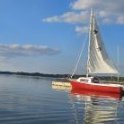

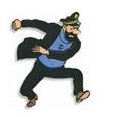


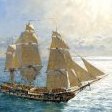
.thumb.jpeg.fc5d633a7b34428fcf19419a73d56d55.jpeg)
